|
We discuss the 8 reference resources that we regularly dip into when we're writing and editing for business.
|
|
Example from published fiction
Kate Hamer, The Girl in the Red Coat, Faber & Faber, 2015 (Kindle edition, Chapter 6) When I wake up in the morning everything's wonderful. For a moment I can't understand why. Then I remember: Mum's said if the weather's good we can go to the storytelling festival and that's today. |
Description beats
They help readers understand what characters are wearing, what they look like, what’s surrounding them, what they can hear, see, smell, touch or taste. That brings the scene alive.
|
Example from published fiction
Harlan Coben, Win, Arrow, 2021 (Kindle edition, Chapter 1) His name is Teddy Lyons. He is one of the too-many assistant coaches on the South State bench. He is six foot eight and beefy, a big slab of aw-shucks farm boy. Big T—that's what he likes to be called—is thirty-three years old, and this is his fourth college coaching job. From what I understand, he is a decent tactician but excels at recruiting talent. |
Dialogue beats
Like action beats, dialogue is an opportunity to bring depth to non-viewpoint characters in limited narrative styles. Their internal opinions and feelings – which we don’t have access to because we’re not in their heads – are revealed to us.
Why mixing up beats makes scenes more interesting
Writers and their publishing teams can use the drafting and editing stages to analyse the prose and evaluate whether there’s sufficient balance.
How to analyse a scene for beat balance
Approach 1
One way of approaching this is to think not in terms of the different types of beats but instead in terms of what they contribute, and whether there’s too much or too little.
And so writers and their editors can ask: Which of the following should the reader experience in this scene, and are they present? Here’s a summary of those elements:
- Sensibility (via emotion beats)
- Movement (via action beats)
- Breathing space (via inaction beats)
- Stability (via description beats)
- Expression (via dialogue beats)
An over-reliance on dialogue – even if it’s extremely well written – leaves a reader with no nudges about the emotions characters are experiencing or the environment they’re operating in. It’s two or more talking heads on a page.
If there should be expression in the scene, but the characters are chattering too much, think how you might turn the volume down, or at least disrupt it.
Consider introducing a few action, description and emotion beats. Or even turn some of the information contained within the speech into narrative.
An over-reliance on objective description – even if it gives the reader a rich sense of the environment – leaves readers with no way of accessing mood. It’s a menu of what’s where.
Description should stabilise the scene, not crush it so that it’s as flat as a pancake.
Help readers get under the skin of the characters and their environment by adding emotion or dialogue, or a little action that gives the scene some movement.
An over-reliance on emotion can be draining and doesn’t give the reader the chance to take a breath. It’s like a counselling session.
If there should be emotion, but a character’s self-absorption is swamping a reader’s ability to make sense of the environment, introduce description and action beats to ground the reader a little more objectively.
|
Approach 2
Another option is to colour-code the text in a scene according to what type of beats are in play. This can help authors and editors evaluate whether one type of beat is overbearing, and where they might add in additional types of beat to disrupt that dominance. It's a powerful way of communicating the problem visually and quickly. |
Summing up
Other resources you might like
- Editing Fiction at Sentence Level: book
- Fiction editing line craft: books
- How to Line Edit for Suspense: multimedia course
- How to Write the Perfect Editorial Report: multimedia course
- Narrative Distance: multimedia course
- Resource library
- Switching to Fiction: multimedia course
She is an Advanced Professional Member of the Chartered Institute of Editing and Proofreading (CIEP), a member of ACES, a Partner Member of The Alliance of Independent Authors (ALLi), and co-hosts The Editing Podcast.
- Get in touch: Louise Harnby | Fiction Editor & Proofreader
- Connect: Twitter at @LouiseHarnby, Facebook and LinkedIn
- Learn: Books and courses
- Discover: Resources for authors and editors
Summary of Episode 103
- How Google's algorithm works
- How Twitter's algorithm works
- Why tweeting about content you hate makes it more visible on Twitter and on the web
- Why tweeting about content you hate means you're assisting the creator with marketing
- Using Twitter to elevate the content you love and the causes you care about
Related resources
- Editor Website Essentials (multimedia course)
- Emotional Marketing that Gets Editors Work (multimedia course)
- Marketing Toolbox for Editors (multimedia course)
- Resource library for editors, proofreaders and writers
- Social Media for Business Growth (multimedia course)
Join our Patreon community
Music credit
- Link: https://filmmusic.io/song/4593-vivacity
- Licence: http://creativecommons.org/licenses/by/4.0/
She is an Advanced Professional Member of the Chartered Institute of Editing and Proofreading (CIEP), a member of ACES, a Partner Member of The Alliance of Independent Authors (ALLi), and co-hosts The Editing Podcast.
- Get in touch: Louise Harnby | Fiction Editor & Proofreader
- Connect: Twitter at @LouiseHarnby, Facebook and LinkedIn
- Learn: Books and courses
- Discover: Resources for authors and editors
What’s in this post …
- What is ‘conscious language’?
- ‘But I’m not part of the “woke” brigade’
- The foundations of editing
- Are you part of the professional editing brigade?
- Why conscious language is also about successful authoring
- Why conscious language is about consideration rather than prescription
- A case study
- Helping our clients
- Tools that help with conscious language
What is ‘conscious language’?
- Who is my audience?
- What tone and level of formality do I want?
- What am I trying to achieve?
- How might history change the impact of my language choices regardless of my intentions?
- Who’s being excluded?
‘But I’m not part of the “woke” brigade’
Oxford Dictonaries defines ‘woke’ as:
Alert to injustice and discrimination in society, especially racism.
Aware of and actively attentive to important facts and issues (especially issues of racial and social justice).
Neither mention that the term is sometimes used as a slur against people who are judged to be overly politically correct, over-sensitive, overly concerned with not offending, overly prescriptive.
So must editors be ‘woke’? How we answer that will depend on what we think editors are supposed to do.
The foundations of editing
Since how we approach language will be influenced by the bubble of our own lived experience, editorial practice requires listening to others who offer alternative insights – ones we were perhaps previously unaware of – into the meaning of words and the consequences of their use.
It means allowing our prior assumptions to be challenged, to consider that what we thought we understood might need revising.
And it means opening our minds to the opportunities that are already alive in the English language – words that explain rather than exclude, and that are rich in both sense and sensibility.
If, like me, you’re not keen on the term ‘woke’ because its negative usage has become a distraction, try an alternative.
My preference is ‘professional editor’.
Are you part of the professional editing brigade?
The professional editor who isn’t alert to wording that distracts from the message rather than amplifying that message isn’t doing the job that a professional editor is supposed to do: being paid to help the author prepare their book for readers.
And so regardless of the editor’s personal opinion on this word or that word, regardless of whether the editor uses the term ‘woke’ to describe their mindset or to cast a slur, there’s a business case for conscious language.
The professional editor can’t sidestep that because it’s not about us, and it’s not our book. It’s about the author, and it’s their book.
Why conscious language is also about successful authoring
Most authors want to sell as many books as they can. That means engaging as many readers as they can. Engaged readers focus their attention on story. Novels containing words and phrases that distract from story, rather amplifying it, don’t serve authors.
Deliberately reviewing novels for words and phrases that might disengage a chunk of the potential readership is therefore nothing more than good commercial practice, and it’s the editor’s job to support the author who’s striving to create something that will give them a return on their investment.
Why conscious language is about consideration rather than prescription
The meaning we attach to some words might differ depending on, for example, where we live, how old we are, and how we’re racialised, sexualized and gendered by others. In other words, what I mean when I use a word might not be what you mean when you use that word.
My author is a white British man. I know very little else about his identity but I’ve line edited two books for him and thoroughly enjoyed every moment. In the second project, a viewpoint character uses the word ‘thug’ to describe an unpleasant minor character.
In Britain, the word ‘thug’ isn’t racialized (at the time of writing and as far as I’m aware) – meaning the term isn’t typically assigned to a particular racial group. That’s not the case in America, where, I’ve learned, the term is heavily racialized.
My author is British. His characters are British. His book’s setting is Britain. The term ‘thug’ in that context therefore doesn’t jar … as long as we view the project within that bubble of author–character–location.
However, that’s potentially problematic. There’s something missing from that bubble: the people who’ll determine whether my author’s book is a commercial success – readers.
My author’s keen to sell his books all over the world, including into America, and for that reason I suggested some alternatives to the word ‘thug’, and explained why I think he’d do well to choose one of them.
The choice was his because it’s his book. And he decided to heed the guidance because both books I’ve worked on have explored the impact of predatory behaviour and abuse.
He writes with compassion and mindfulness, and says he doesn’t want to include a word in his book that might distract one of his American readers unless it’s critical to the character’s arc. And in doing so he's considered:
- who his audience is
- what he's trying to achieve
- how history AND geography affect the impact of his language choices regardless of his intentions
- those who might be excluded if he weren't to consider other options.
Helping our clients
A conscious-language approach to editing therefore helps us to help our clients. We can share the knowledge we’ve acquired from our colleagues in the publishing community, knowledge that our authors might not be aware of.
And in doing so, they can publish a book that keeps its audience wanting to turn the pages rather than rip them out.
Summing up
That doesn’t mean we have to know it all – we can’t, not least because the language landscape is always in flux. It does mean we have to be ready to listen, learn, and advise so that our clients can make informed – conscious – decisions.
And we don’t have to do it alone. There’s a large and diverse community of editors and writers who are with us on that journey, and tools to help us improve our practice.
Tools that help with conscious language
She is an Advanced Professional Member of the Chartered Institute of Editing and Proofreading (CIEP), a member of ACES, a Partner Member of The Alliance of Independent Authors (ALLi), and co-hosts The Editing Podcast.
- Get in touch: Louise Harnby | Fiction Editor & Proofreader
- Connect: Twitter at @LouiseHarnby, Facebook and LinkedIn
- Learn: Books and courses
- Discover: Resources for authors and editors
BLOG ALERTS
TESTIMONIALS
Dare Rogers
'Louise uses her expertise to hone a story until it's razor sharp, while still allowing the author’s voice to remain dominant.'
Jeff Carson
'I wholeheartedly recommend her services ... Just don’t hire her when I need her.'
J B Turner
'Sincere thanks for a beautiful and elegant piece of work. First class.'
Ayshe Gemedzhy
'What makes her stand out and shine is her ability to immerse herself in your story.'
Salt Publishing
'A million thanks – your mark-up is perfect, as always.'
CATEGORIES
All
Around The World
Audio Books
Author Chat
Author Interviews
Author Platform
Author Resources
Blogging
Book Marketing
Books
Branding
Business Tips
Choosing An Editor
Client Talk
Conscious Language
Core Editorial Skills
Crime Writing
Design And Layout
Dialogue
Editing
Editorial Tips
Editorial Tools
Editors On The Blog
Erotica
Fiction
Fiction Editing
Freelancing
Free Stuff
Getting Noticed
Getting Work
Grammar Links
Guest Writers
Indexing
Indie Authors
Lean Writing
Line Craft
Link Of The Week
Macro Chat
Marketing Tips
Money Talk
Mood And Rhythm
More Macros And Add Ins
Networking
Online Courses
PDF Markup
Podcasting
POV
Proofreading
Proofreading Marks
Publishing
Punctuation
Q&A With Louise
Resources
Roundups
Self Editing
Self Publishing Authors
Sentence Editing
Showing And Telling
Software
Stamps
Starting Out
Story Craft
The Editing Podcast
Training
Types Of Editing
Using Word
Website Tips
Work Choices
Working Onscreen
Working Smart
Writer Resources
Writing
Writing Tips
Writing Tools
ARCHIVES
July 2024
June 2024
May 2024
April 2024
March 2024
October 2023
August 2023
July 2023
June 2023
May 2023
April 2023
March 2023
January 2023
December 2022
November 2022
October 2022
September 2022
August 2022
July 2022
June 2022
May 2022
April 2022
March 2022
February 2022
January 2022
December 2021
November 2021
October 2021
September 2021
August 2021
July 2021
June 2021
May 2021
April 2021
March 2021
February 2021
January 2021
December 2020
November 2020
October 2020
September 2020
August 2020
July 2020
June 2020
May 2020
April 2020
March 2020
February 2020
January 2020
December 2019
November 2019
October 2019
September 2019
August 2019
July 2019
June 2019
May 2019
April 2019
March 2019
February 2019
January 2019
December 2018
November 2018
October 2018
September 2018
August 2018
July 2018
June 2018
May 2018
April 2018
March 2018
February 2018
January 2018
December 2017
November 2017
October 2017
September 2017
August 2017
July 2017
June 2017
May 2017
April 2017
March 2017
February 2017
January 2017
December 2016
November 2016
October 2016
September 2016
June 2016
May 2016
April 2016
March 2016
February 2016
January 2016
December 2015
November 2015
October 2015
September 2015
July 2015
June 2015
May 2015
March 2015
February 2015
January 2015
November 2014
October 2014
September 2014
August 2014
July 2014
June 2014
March 2014
January 2014
November 2013
October 2013
September 2013
August 2013
June 2013
February 2013
January 2013
November 2012
October 2012
September 2012
August 2012
July 2012
June 2012
May 2012
April 2012
March 2012
February 2012
January 2012
December 2011
|
|
|


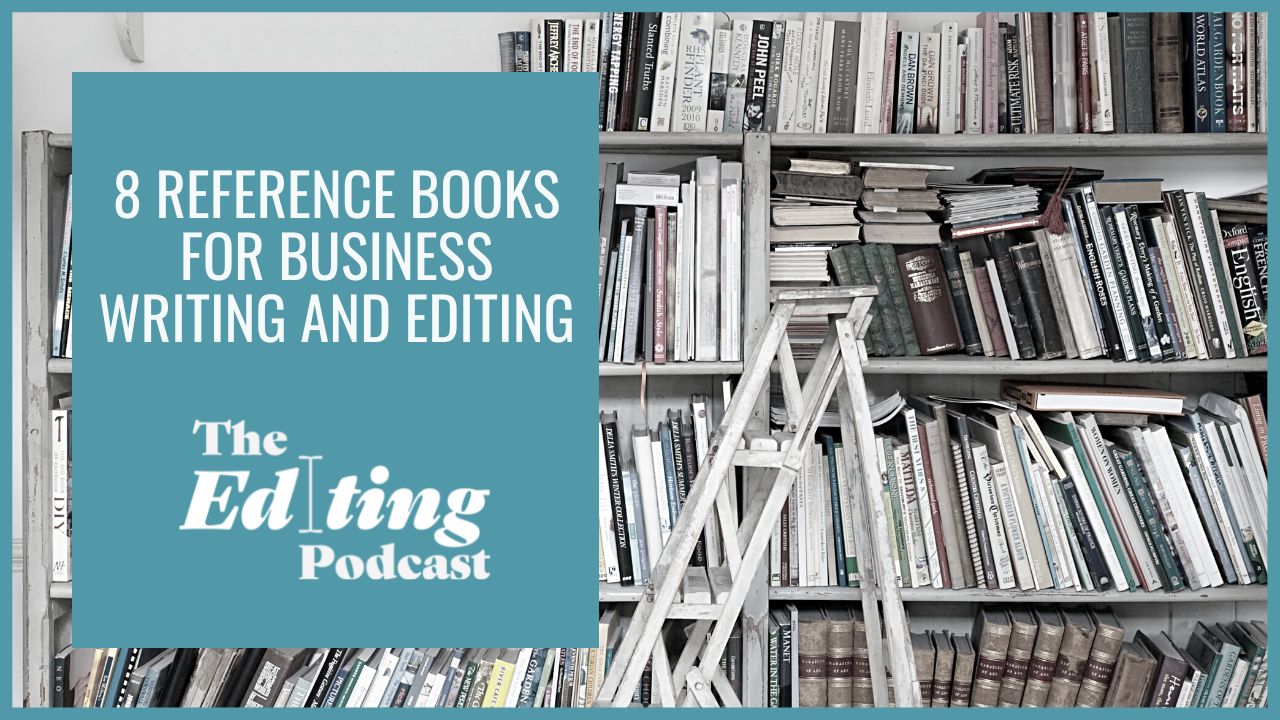
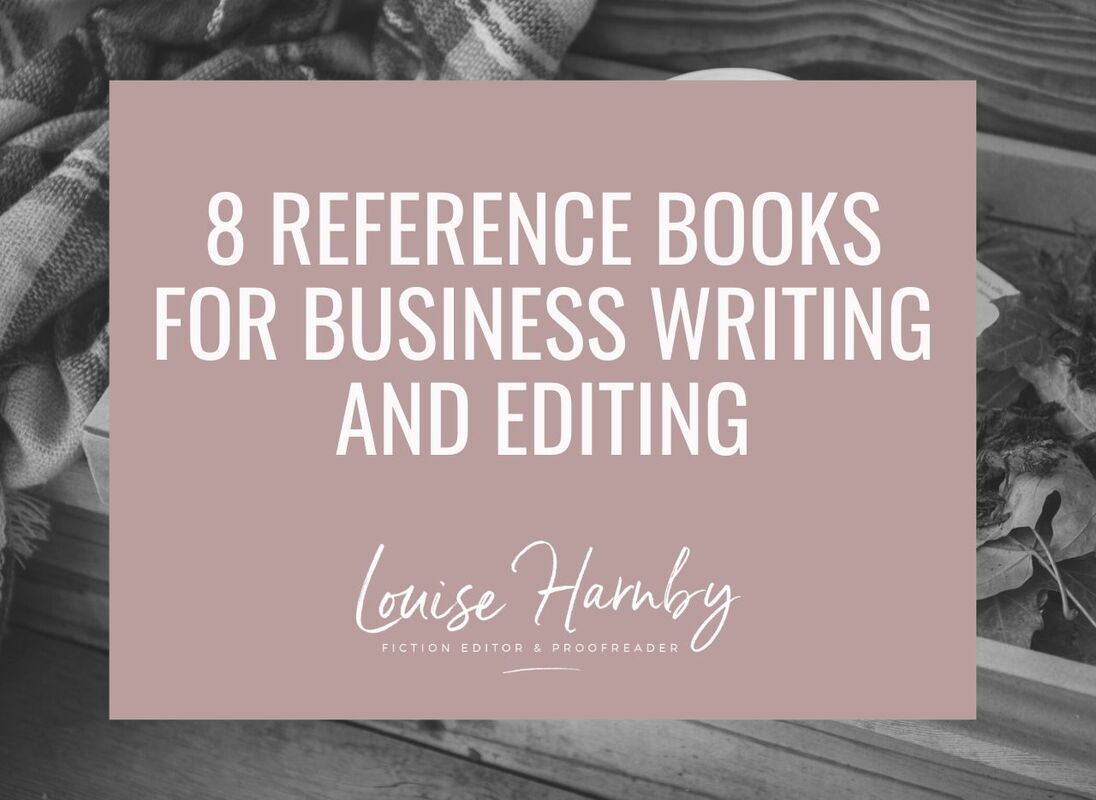





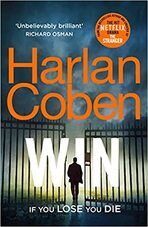
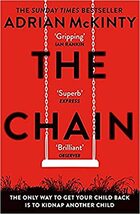



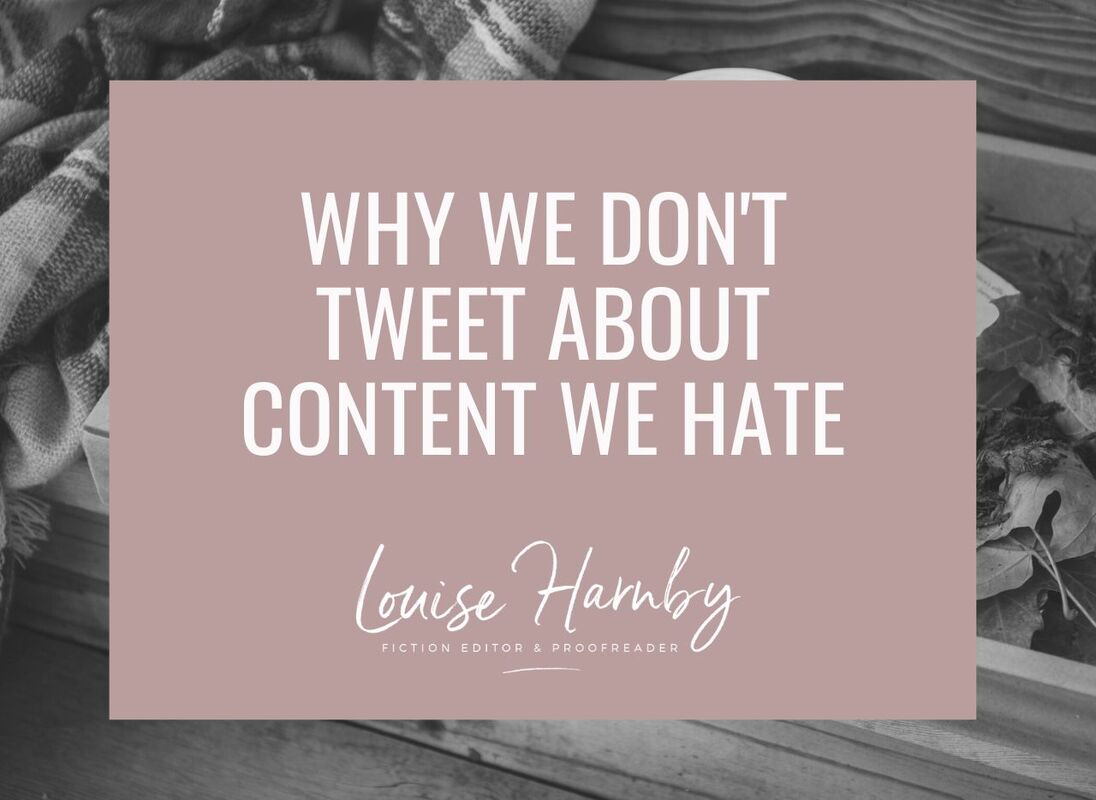





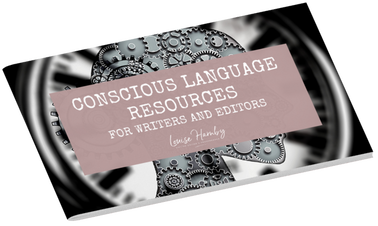














 RSS Feed
RSS Feed





